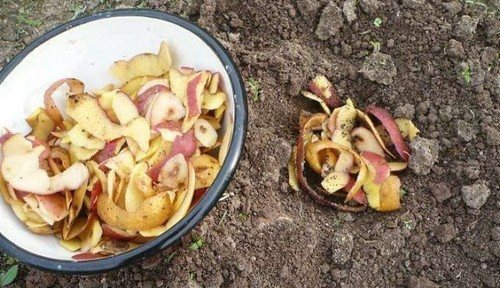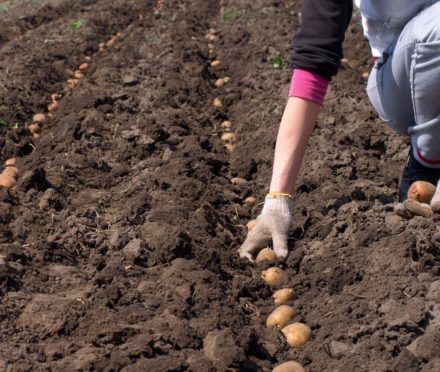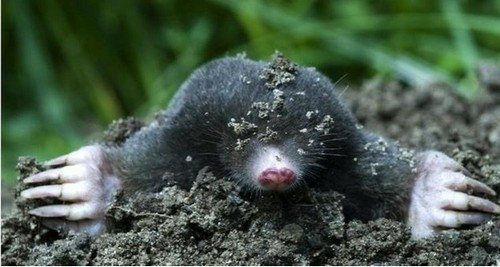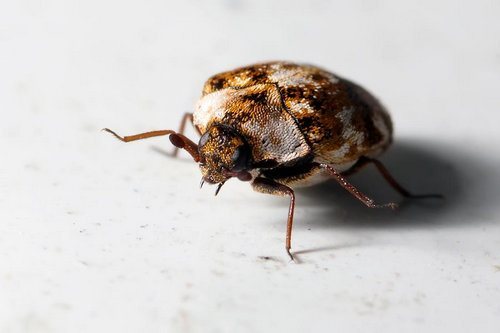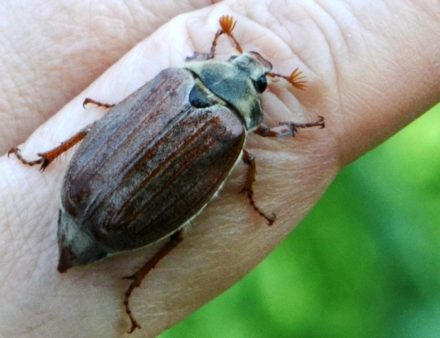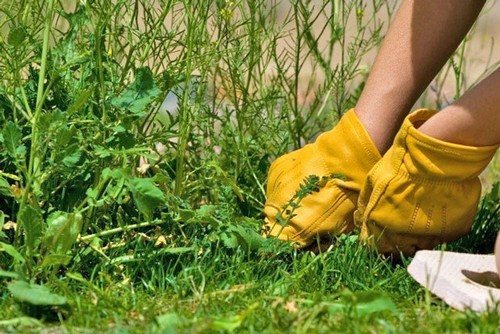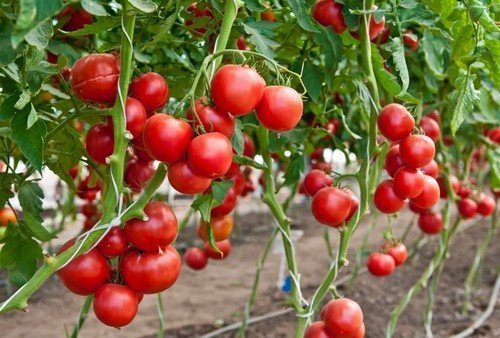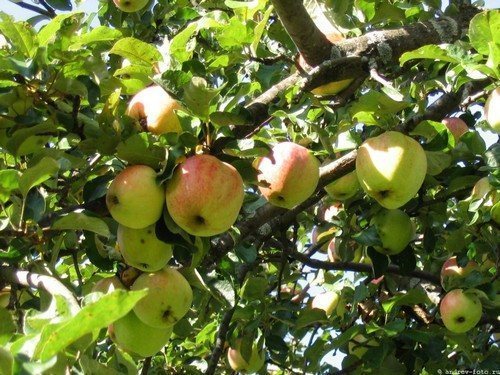With the beginning of the summer season, gardeners traditionally begin the annual fight against the main pest of potato plantings - the Colorado potato beetle. In specialized stores, although there is no shortage of means for processing potatoes to kill the bug. However, the chemical composition of these products defeats the purpose of every gardener who strives to grow healthy products in his summer cottage. In addition, the Colorado potato beetle quickly adapts to the poison, and it ceases to act on it. The process of manual collection may give some results, but it is short-lived. And day after day you have to repeat this procedure, spending a lot of time and effort. And there are practically no natural enemies in nature for its extermination in our country. In such a situation, the solution is obvious - the use of traditional methods of pest control.
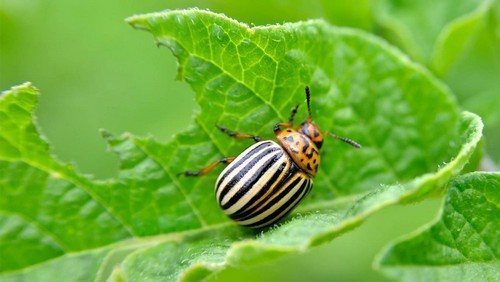
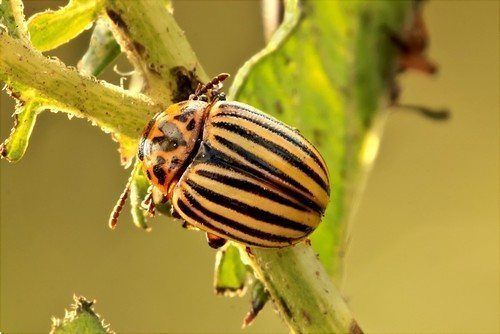
A variety of traditional methods will allow you to choose the most budget-friendly and effective option. They can be used at various stages of potato planting. It would be more effective to use several methods simultaneously, or alternating them.
Let's look at the most popular and accessible ones:
Sawdust mulch
The Colorado potato beetle is intolerant of the smell of fresh sawdust. To repel the pest, the soil of the beds and between them can be mulched with birch or pine sawdust. This is especially productive to do when the first sprouts of potato tops appear.When the Colorado potato beetle just begins to show its active life activity, before its larvae appear. The flooring needs to be changed approximately two to three times a month. When flowering begins, sawdust is added less frequently - once a month.
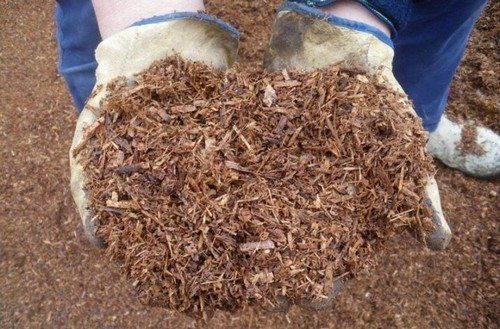
Corn flour, ash, cement or gypsum coating of potato tops
This method is aimed at destroying both adult individuals and its larvae. It consists of spraying bulk materials from ash, cement, gypsum onto moistened leaves of potato plantings. Therefore, it is better to carry out this process in the early morning, when the dew has not yet disappeared. Corn serves as bait for adult beetles. Its property of swelling upon contact with water does not give it a chance to survive if it enters the digestive system. The regularity of the procedure is the same as in the previous method.
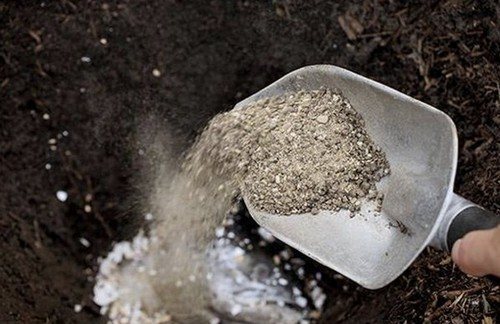
Celandine
This plant is known for its healing properties, but it is destructive for the Colorado potato beetle. Infusions and decoctions are made from it, which are used to spray potato leaves. It is also effective as mulch, which is spread under the tops and between the ridges. To make a decoction, celandine is placed in a ten-liter bucket and poured with boiling water, or boiled for 2 minutes and left for a day. It is better to carry out the treatment before the flowers appear. Spraying should be repeated 2 times a month.

Onion and garlic
This method uses both peeling onions and garlic, and arrows with inflorescences. When planting in a hole, it is recommended to put onion peels along with the tuber. The beetle cannot stand the smell of its rotting. You can also sow garlic between the rows, which will repel the pest during the flowering period.For spraying, infusions of onion and garlic peelings are used, which are poured with boiling water and placed under pressure for 1-2 days. Then the liquid must be filtered and diluted in a one-to-one ratio with water. The remaining strained husk will be useful for subsequent spraying. To hold the infusion on potato leaves, you can add a few drops of liquid soap, or dissolve a small piece of laundry soap in it.

Potato traps
The Colorado potato beetle loves to eat not only potato leaves, but also its tubers. This can be used to make traps for striped pests. You can use both potato peelings and the whole vegetable, which is cut into thin slices. They are placed at the bottom of a liter jar filled with water and buried up to the neck in the ground. You can also spread the cleaning materials between the beds. The beetles will follow the smell of the potatoes and fall into the jar. Next, it is enough to collect the beetles along with the traps and destroy them.
